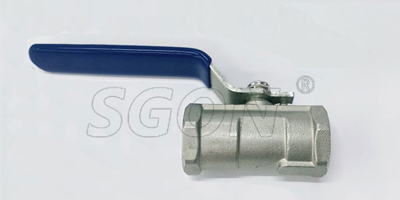When selecting valves for industrial applications, material choice significantly impacts performance, cost, and longevity. Two widely used options—stainless steel valves and cast steel valves—serve distinct purposes. Here’s a breakdown of their differences to guide procurement decisions.

Stainless Steel Valves: Contain ≥10.5% chromium, forming a passive oxide layer that resists rust and corrosion (even in harsh chemicals or marine environments). Common grades include 304/316 (CF8/CF8M).
Cast Steel Valves: Primarily carbon steel (e.g., WCB) with higher carbon content (up to 2.1%), offering strength but lower corrosion resistance unless coated.
Stainless steel’s chromium layer prevents oxidation, making it ideal for:
Acidic/alkaline fluids
High-humidity settings
Sanitary applications (e.g., food, pharmaceuticals).
Cast steel valves, while durable, require protective coatings to resist rust when exposed to moisture or corrosive media.
Cast Steel Valves: Excel in high-pressure/temperature scenarios (e.g., API 6A gate valves handling 2000–20,000 PSI ). Their granular structure from casting withstands mechanical stress.
Stainless Steel Valves: More ductile but may deform under extreme pressure. Preferred for moderate-pressure systems like water pipelines.
Stainless steel valves cost 20–40% more but reduce long-term expenses due to minimal maintenance.
Cast steel valves are economical upfront but may incur added costs from anti-corrosion treatments or replacements in aggressive environments.
|
Valve Type |
Best For |
Common Models |
|---|---|---|
|
Stainless Steel |
Chemical plants, desalination, food processing |
2PC Thread Ball Valves (CF8M/316L) |
|
Cast Steel |
Oil/gas, steam systems, high-pressure lines |
API 6A Slab Gate Valves (WCB) |
In summary, the choice of stainless steel valves versus cast steel valves depends on a variety of factors, and by understanding the differences between these two valves, engineers and operators can make an informed decision to choose the valve that best meets their specific needs.
GET A QUOTE